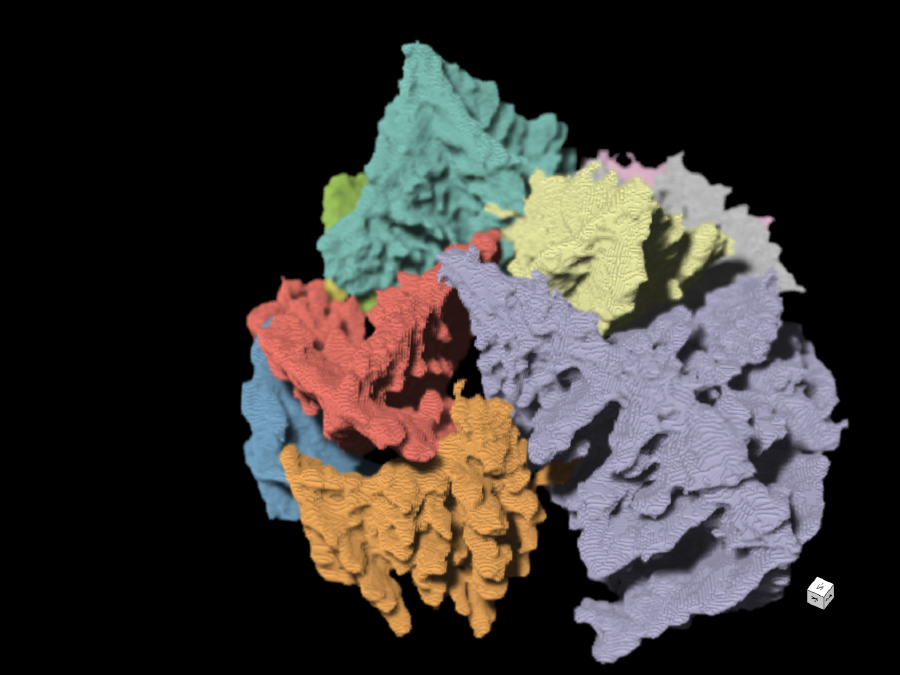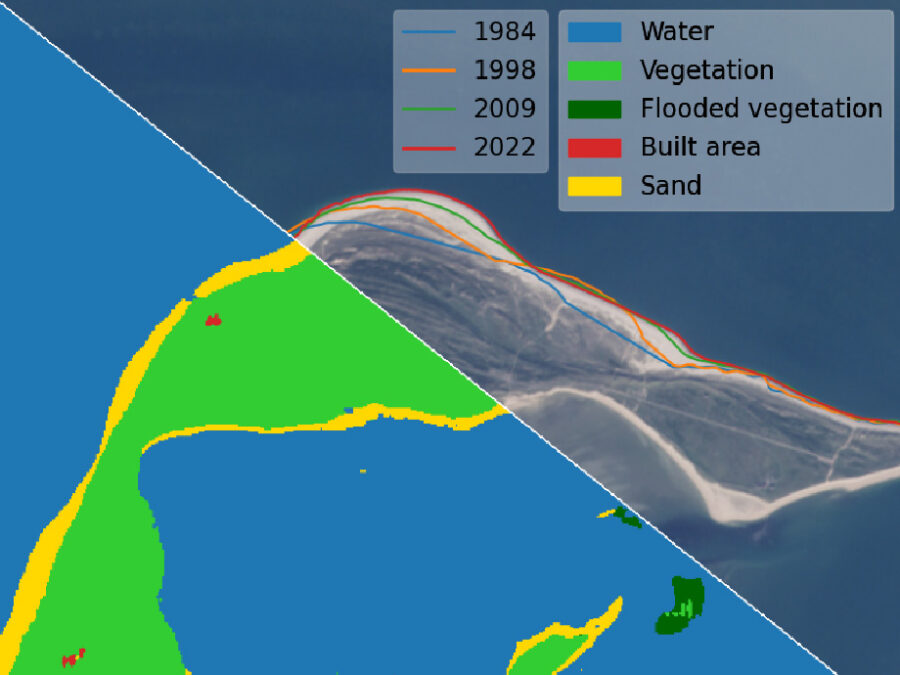HighLine
High Image Quality for Lines in MRI: From Roots to Angiograms

Magnetic resonance (MR) imaging of plant roots enables non-invasive studies of root growth and interaction between plant and soil. MR angiographs (MRA) yield information on artery blockades in lung or brain. Both kind of MR images feature very similar characteristics: they display thin line-like, inter-connected objects of varying diameter and length. The accurate display of thin roots and vessels is limited by spatial resolution and signal-to-noise ratio of modern MR systems. Acquiring MR images with lower noise and higher spatial resolution require longer scan times (usually several minutes to hours).
HighLine aims at obtaining high quality images in reduced scan time to lower patient burden and increase patient and plant throughput. Therefore, the project proposes to adapt state-of-the-art 3D image enhancement methods to line-like MR data, as well as develop new deep-learning based methods drawing from the large data pool of 3D plant root MR and transferring the methods to less abundant MRA data.
Other projects

Avanti
X-ray tomoscopy of dynamic manufacturing processes
How can the manufacturing processes of materials be mapped at the smallest level? How do you train an artificial intelligence to analyze these processes automatically? That's the focus of the Avanti project, which aims to improve X-ray tomoscopy – the imaging and quantification of three-dimensional images of very fast-moving processes.
AutoCoast
Automatic detection of coastline change and causal linkage with natural and human drivers
Coastal erosion enhanced by climate change has become an increasing global threat, which requires rapid detection and reliable risk assessment. AutoCoast aims to provide advanced and reliable remote sensing-based AI tools to quantify coastline change rate at high-resolution and unravel the linkage between coastline change rate and natural and anthropogenic drivers at regional to global scale.
NImRLS
Neuroimaging Biomarkers for Restless Leg Syndrome
The aim is to develop a software solution that can analyse enormous amounts of data on tens of thousands of subjects from large-scale health studies. Using restless leg syndrome as an example, genomic data will be combined with neuroimaging data in order to identify new biomarkers with the help of machine learning methods.